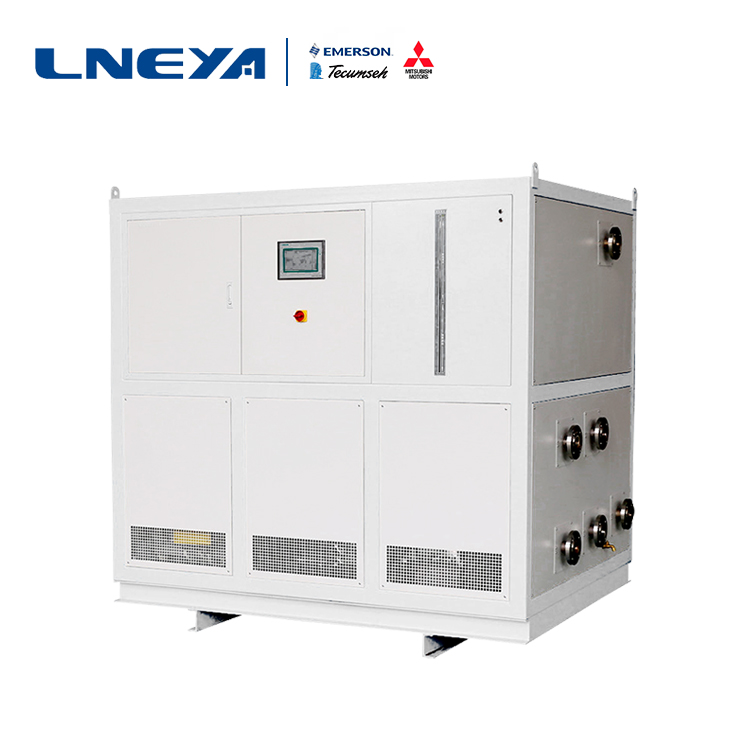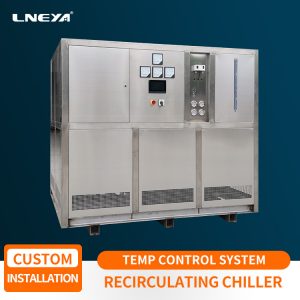How does the cryogenic refrigerator refrigeration system drain?
Users who use ultra-low temperature chillers will encounter some problems when they are not used for a long time, such as poor cooling performance and loud sound. These problems are more common, but some refrigeration systems need to be well understood.
Normally, in order to ensure the normal use of the cryogenic refrigerator, we will perform derusting and sewage disposal before installation. But even this will prevent some dirt such as welding slag, iron filings, and sand from remaining inside the system. Therefore, in order to prevent dirt from being damaged to some original parts such as a compressor, the problem of system piping blockage is avoided. The refrigeration system must be drained after installation.
Drainage work can be divided into pipe group, room unit, system layering or segmental sewage disposal. The general principle is that the dirt is blown clean without damaging the valves and other components.
In order to check whether the coil of the cryogenic refrigerator is clogged, a ball test can be performed. The diameter of the wooden ball used in the test should be smaller than the inner diameter of the pipe and larger than the radius of the pipe. The air in the gas tank can be blown in, and the flow is required to be unimpeded.
In the work of sewage discharge of the ultra-low temperature chiller, if it is found that the pipeline and the valve have obvious air leakage points, it is necessary to weld the welding or tighten the flange of the relevant valve in time. Avoid or minimize the valve to prevent dirt from damaging the seal line of the valve.
After the sewage discharge is completed: Remove the valve core and filter of all valves (except the safety valve). If the seal wire on the alloy or seat of the valve plug is found to be damaged, repair it and re-cast the alloy in severe cases. The steel spool or seat seal line is damaged and can be repaired by grinding.
I believe that everyone has seen the sewage technology of the cryogenic refrigerator system, we will definitely understand this maintenance and help you to use it better.
Related recommendations
-
Daily maintenance method of heat transfer oil cooling and heating cycle machine
1755The heat-conducting oil cooling and heating cycle machine is a supporting set of various reactors in the pharmaceutical and chemical industry. The reactor can be used for cooling or heating, and has a high energy efficiency ratio. It does not requ...
View details -
LNEYA: Focus on temperature control TCU to build international advanced Chinese instruments
1530Wide temperature range: LNEYA's Chinese and production-grade multi-reactor refrigeration heating temperature control system (temperature control unit TCU) temperature range from -25 ° C to 200 ° C, of course, you can also customize other temperatu...
View details -
How to use industrial water chiller to reduce environmental pollution
1231With the continuous development of chemicaland pharmaceutical industries, environmental pollution is put on the agendaearlier. As an manufacturer of which is the industrial water chiller, I can saythat except for corresponding to the environmen...
View details -
Chemical reaction exothermic or endothermic temperature dynamic compensation system
1604In the chemical laboratory, pilot plant and reaction process, temperature control requires the use of dynamic temperature control systems. When controlling the reactor, the exothermic and endothermic reactions must be compensated with high speed a...
View details
 LNEYA Industrial Chillers Manufacturer Supplier
LNEYA Industrial Chillers Manufacturer Supplier















